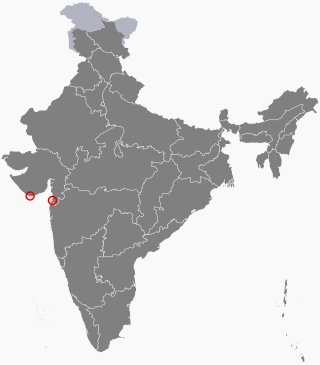
Daman and Diu was a union territory in northwestern India. With an area of 112 km2 (43 sq mi), it was the smallest administrative subdivision of India on the mainland. The territory comprised two districts, Daman and Diu Island, geographically separated by the Gulf of Khambat. The state of Gujarat and the Arabian Sea bordered the territory. A Portuguese colony since the 1500s, these territories were taken over by India with the Annexation of Goa in 1961. Daman and Diu were administered as part of the union territory of Goa, Daman and Diu between 1961 and 1987. After the Goa Opinion Poll, they became separate union territories. In 2019, a legislation was passed to merge the union territories of Daman and Diu with its neighbouring union territory, Dadra and Nagar Haveli, to form the new union territory of Dadra and Nagar Haveli and Daman and Diu with effect from 26 January 2020.
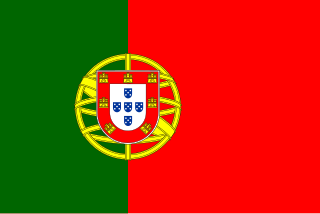
The State of India, also known as the Portuguese State of India or Portuguese India, was a state of the Portuguese Empire founded six years after the discovery of the sea route to the Indian subcontinent by Vasco da Gama, a subject of the Kingdom of Portugal. The capital of Portuguese India served as the governing centre of a string of military forts and maritime ports scattered along the coasts of the Indian Ocean.

The Daman and Diu Portuguese Creole, Portuguese: Língua Crioula de Damãon e Dio & by its speakers as Língua da Casa meaning "home language", refers to the variety of Indo-Portuguese creole spoken in the Dadra and Nagar Haveli and Daman and Diu, in the northern Konkan region of India. Before the Indian annexation of the territory, the creole spoken by the Damanese natives underwent a profound decreolisation in the erstwhile Portuguese Goa and Damaon colony, a phenomenon whereby the Indo-Portuguese creole reconverged with European Portuguese.

Silvassa is a city and the headquarters of the Dadra and Nagar Haveli district in Union territory of Dadra and Nagar Haveli and Daman and Diu in western India. It is today the largest city in the union territory. The city was chosen as one of the hundred Indian cities in Government of India's flagship Smart Cities Mission.

The Goa Inquisition was an extension of the Portuguese Inquisition in Portuguese India. Its objective was to enforce Catholic orthodoxy and allegiance to the Apostolic See of the Pontifex.

Hinduism is a minority faith in Kenya, constituting 0.13% of the population of Kenya. Due to the efforts of the Hindu Council of Kenya, Kenya is one of only three African countries to recognise Hinduism as a religion. Hindus are free to practise their religion in Kenya, and several Kenyan cities have Hindu temples. The Hindu temples in Kenya are mostly of north and west Indian architectural style.

Hinduism is a minority religion in Belgium. According to the PEW 2014, Hinduism is also the fastest growing religion in Belgium. Attempts have been done by the Hindu Forum of Belgium (HFB) to make Hinduism an officially-recognized religion in Belgium.
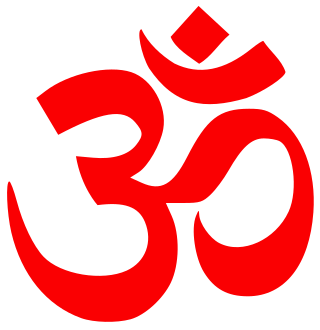
The earliest evidence of Hinduism in Tanzania is from the 1st millennium AD when there was trade between East Africa and Indian subcontinent. Most of these traders came from Gujarat, Deccan and the Chola empire. Archaeological evidence of small Hindu settlements have been found in Zanzibar and parts of Swahili coast, Zimbabwe and Madagascar.

Mozambique has a historic Hindu community. Some of their ancestors came to Mozambique at least 500 years ago. Predating their economic participation in Mozambique before the arrival of Vasco da Gama, they adapted during the Portuguese colonial rule. An exodus began during the civil war between 1975 and 1990. After 1990 political and social reforms in Mozambique, the Hindu community along with the other minority religions, have once again begun to become vibrant.

Hinduism is a minority religion in Spain.
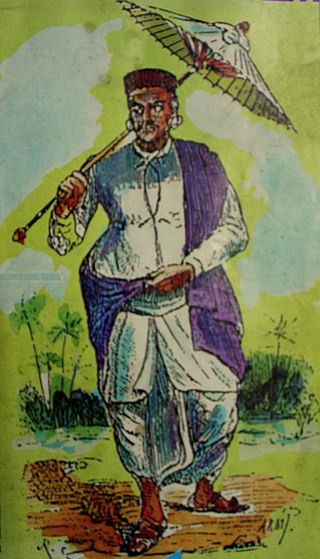
The Daivadnya,, is a community from Goa and Karnataka, who claim to have descended from Vishwakarma. Although they claim themselves to be Brahmin, but these claims are not accepted by others including local Brahmin castes. They are native to the Konkan and are mainly found in the states of Goa and Damaon, Canara, coastal Maharashtra, and Kerala. Daivadnyas in the state of Karnataka are classified by National Commission for Backward Classes as an Other Backward Class.

The Annexation of Goa was the process in which the Republic of India annexed the Portuguese State of India, the then Portuguese Indian territories of Goa, Daman and Diu, starting with the armed action carried out by the Indian Armed Forces in December 1961. In India, this action is referred to as the "Liberation of Goa". In Portugal, it is referred to as the "Invasion of Goa". Jawaharlal Nehru had hoped that the popular movement in Goa and the pressure of world public opinion would force the Portuguese Goan authorities to grant it independence, but without success; consequently, Krishna Menon suggested taking Goa by force.

The Roman Catholic Metropolitan Archdiocese of Goa and Daman encompasses the Goa state and the Damaon territory in the Konkan region, by the west coast of India. The ecclesiastical province of Goa and Damaon includes a suffragan diocese, the Sindhudurg Diocese that comprises the Malvani areas of. The Archbishop of Goa also holds the titles of Primate of the East and Patriarch of the East Indies, also hold the title of the Syrian Catholic Primate of the Archdiocese of Cranganore. The beginnings lie in the Padroado system of Portuguese Goa and Damaon, in the early 1900s the primatial see was transferred back to the Sacred Congregation for the Evangelisation of Peoples, as the Padroado system of the Indo-Portuguese era was being dismantled.
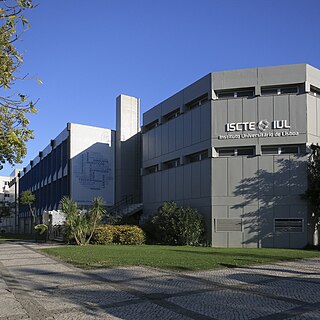
ISCTE – IUL is a Portuguese public tertiary education institution. It is located in the city centre of Lisbon, in Cidade Universitária, adjoining the Institute of Social Sciences (ICS) and Institute of Geography and Spatial Planning (IGOT) of the University of Lisbon. ISCTE was founded in 1972, starting with three degrees and 296 students. Formerly called Instituto Superior de Ciências do Trabalho e da Empresa, its full name was dropped in 2009 when it became a university institute of foundational nature.

The indigenous population of the erstwhile Portuguese colony of Goa, Daman and Diu was christianised following the Portuguese conquest of Goa in 1510 and the subsequent establishment of the Goan Inquisition. The converts in the Velhas Conquistas to Roman Catholicism were then granted full Portuguese citizenship. Almost all the present-day Goan Christians are descendants of these native converts; they constitute the largest Indian Christian community of Goa state and account for 25 percent of the population, as of 2011 Census of India.

The siege of Diu occurred when an army of the Sultanate of Gujarat under Khadjar Safar, aided by forces of the Ottoman Empire, attempted to capture the city of Diu in 1538, then held by the Portuguese. The siege was part of the Ottoman-Portuguese war. The Portuguese successfully resisted the four-month long siege.

Bombay Before the British (BBB) was a three-year research project in the fields of History of Architecture and History of Urbanism, funded by the Portuguese Ministry of Science, Technology and Higher Education through its Science and Technology Foundation (FCT).
Kharwa, or Kharva, are a Hindu Community from Gujarat, India.
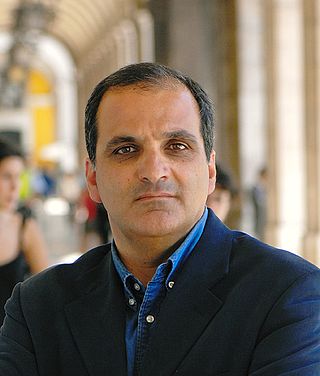
Walter Rossa is architect, urban planner, researcher and Professor of University of Coimbra.


















